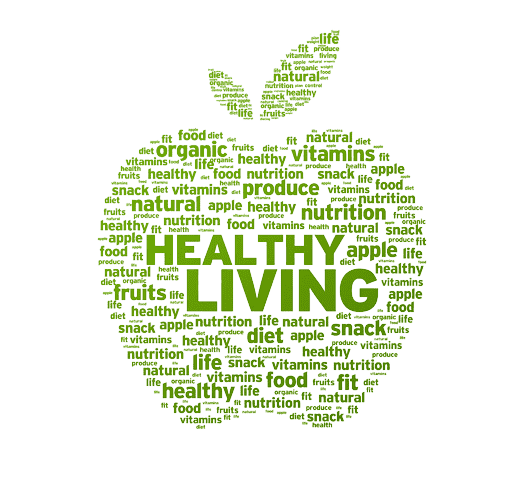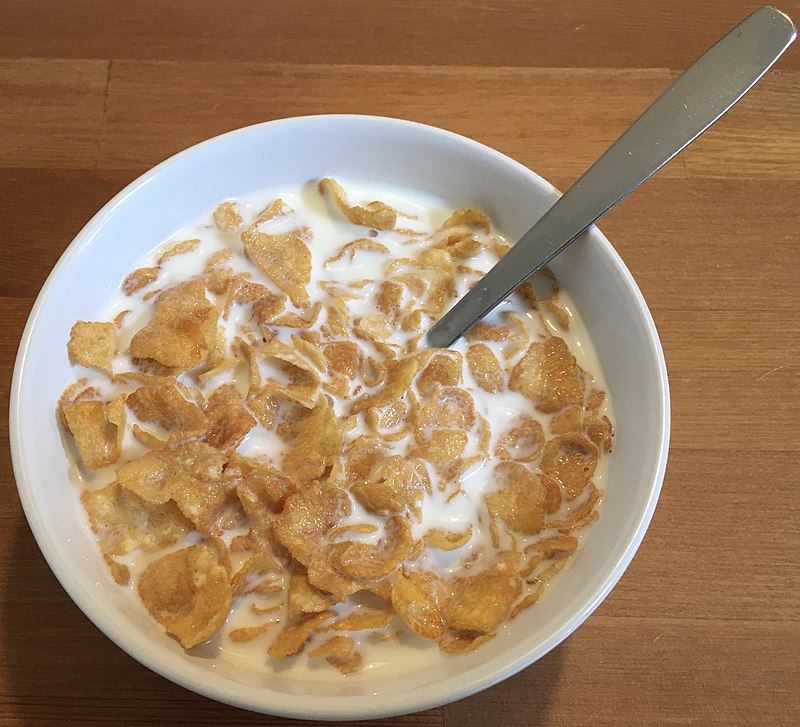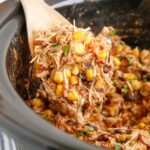Embarking on a weight loss journey often involves eliminating obvious culprits like junk food, sugary sodas, and candies. However, despite following a clean eating regimen, you may still struggle to shed those last few pounds. This challenge could be attributed to certain food groups that, although seemingly healthy choices for weight loss, can hinder your progress. We spoke to three dietitians who shed light on these potential obstacles, emphasizing the importance of selecting foods that provide satiety and sustained energy. By understanding the impact of these foods on your weight loss efforts, you can make informed choices that support your goals.
Sports Drinks:
While sports drinks are commonly associated with replenishing electrolytes, their high sugar content can sabotage weight loss efforts. While they may benefit high-intensity athletes, those engaging in shorter, lower-intensity workouts can easily consume unnecessary calories that negate the benefits of exercise. Opt for water as the primary hydration source, reserving sports drinks for situations that truly require electrolyte replenishment. (American Heart Association, 2019)
Smoothies:
Smoothies can be a convenient way to incorporate fruits and vegetables into your diet, but they can also become calorie bombs if not carefully constructed. Many store-bought smoothies contain added sugars and lack protein and healthy fats that promote satiety. Opt for homemade smoothies using unsweetened Greek yogurt, almond butter, berries, spinach, and flaxseed for a nutrient-dense option that keeps you fuller for longer. (Harvard Health Publishing, 2019)
Cereal:
Not all cereals are created equal, and many popular varieties lack essential nutrients like protein and fiber. These cereals primarily consist of carbohydrates and added sugars, which fail to provide long-lasting satisfaction. Choose high-fiber options that are less processed and contain fewer added sugars. Consider adding a handful of nuts for added protein and healthy fats to enhance the satiety factor. (National Institutes of Health, 2017)
Dried Fruit:
Dried fruits, commonly found in trail mixes, may appear to be a healthy snack option. However, they are highly concentrated and contain more calories than their fresh counterparts. Their intense sweetness can also lead to overconsumption and spikes in blood sugar levels. Opt for whole fruits instead, as they provide more fiber and water content, helping you feel satisfied with fewer calories. (Harvard T.H. Chan School of Public Health, 2019)
Cheese:
While cheese offers nutritional benefits like calcium and protein, it can hinder weight loss efforts if consumed in excess. Cheese tends to be high in calories and fat, making it easy to unknowingly exceed your calorie intake. Moderation is key when incorporating cheese into your diet, and opting for leaner protein sources like chicken can help reduce calorie consumption while still providing satiety. (National Institutes of Health, 2020)
100% Fruit Juice:
Although fruit juices may claim to be 100% juice, they often contain added sugars that increase calorie content. Drinking juice lacks the satiety provided by whole fruits and vegetables. It is important to remember that juices are not equivalent substitutes for whole fruits and vegetables in terms of nutritional value. Choose whole fruits whenever possible, as they contain fiber and water, which contribute to feelings of fullness. (American Heart Association, 2020)
Plant Milks:
Plant-based milks are often considered healthier alternatives to cow’s milk, but they may lack essential nutrients. Soy milk is the closest nutritionally to cow’s milk, as it contains more protein. Other plant-based milks, such as almond or oat milk, tend to be lower in calories but also deficient in nutrients. Be mindful of added sugars in these milks and consider unsweetened varieties or opt for cow’s milk or soy milk for a more balanced nutritional profile. (American Heart Association, 2021)
Restaurant Salads:
While salads seem like a healthy choice, restaurant versions can be deceivingly high in calories and unhealthy toppings. The addition of cheese, croutons, and dressings can significantly increase the calorie content of a seemingly healthy salad. To make healthier choices, focus on lean protein sources, minimize toppings like dried fruit and nuts, go light on cheese, and use dressings sparingly. Preparing salads at home allows for better portion control and healthier ingredient choices. (American Heart Association, 2020)
Granola Bars:
Granola bars may appear to be a convenient and healthy snack option, but many contain added sugars and lack significant nutritional value. Some varieties are high in calories, especially those with chocolate or excessive sweeteners. Instead, opt for mixed nuts or berries paired with Greek yogurt for a more nutritious and satisfying snack. If choosing a granola bar, look for options with limited added sugars and higher fiber content. (Mayo Clinic, 2020)
When it comes to weight loss, it’s essential to be aware of the potential pitfalls within seemingly healthy food choices. By understanding the impact of these foods on your weight loss journey, you can make informed decisions that support your goals. Remember to focus on nutrient-dense options that provide satiety and sustained energy throughout the day.





